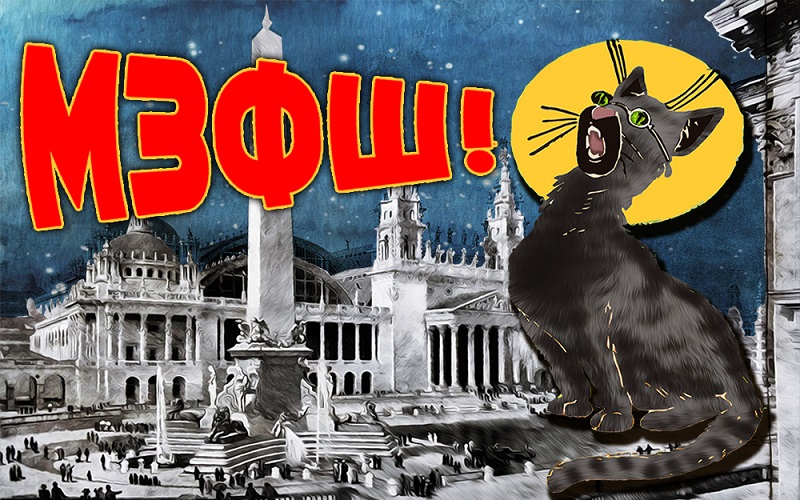
Several media outlets, including the Guardian and People, are reporting on Chicago’s use of feral cats to beat back our nationally recognized rat population. It’s old news. We’ve been relying on our feline friends since at least the 1893 World’s Columbian Exposition.
“Not many people are aware that the World’s Fair has a cat,” wrote the Chicago Tribune in September 1893. “This ignorance on the part of visitors is largely due to the fact that the cat does not appear in the catalogues and sleeps during the day.” Cat-alogues, indeed!
The Columbian cat really got around the grounds. The Trib claimed that when this mouser of the Midway wasn’t frightening the inhabitants of the international villages with its moonlight howling, the pussy parked in the Palace of Mechanic Arts.
“It is an iron gray cat with green eyes, about as large as the regulation poodle dog, and is supposed to have come all the way from Russia. That part of the story, however, is a dark secret. The Russian exhibitors say no cat came with them. It might have got in by way of the Illinois Central tracks from South Chicago. Anyway, it is there, big as life, and has been since the middle of June, carefully looking after rats, mice, and other small game.
If anyone has seen rats in Jackson Park since the Exposition opened they have carefully refrained from saying anything about it, and the only mice that have dared to show themselves reside in certain pavilions of the Administration Building. The absence of these pests can be attributed to the nightly vigilance of Mr. Cat.
Night before last nothing in the shape of meat showed up, and along about 12 o’clock, after having made a circuit of the grounds, it was terribly hungry and discouraged. That is why it set forth a wild and terrible howl at the east end of Midway.
The cat does most of its sleeping in Machinery Hall and does the bulk of its prowlings around the restaurants after they have been closed and everybody is gone.”
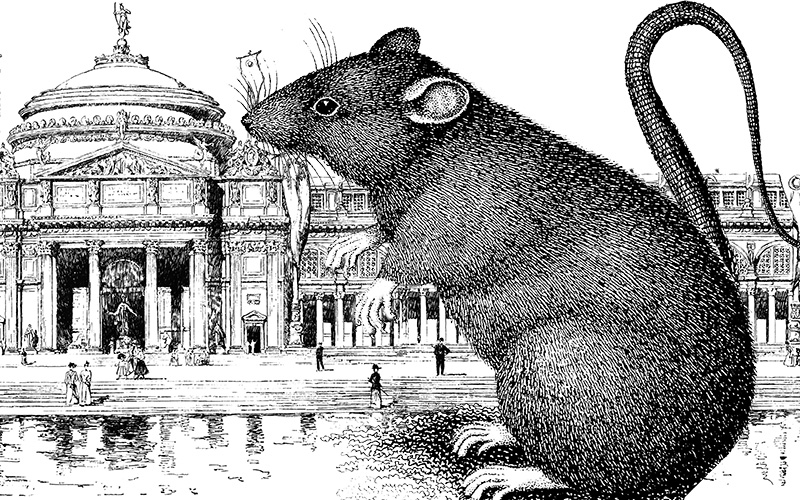
SOURCE
“And the World’s Fair Cat Howled” Chicago Tribune, Sept. 17, 1893, p. 35.

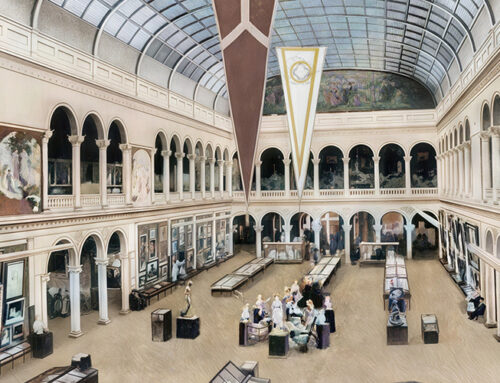
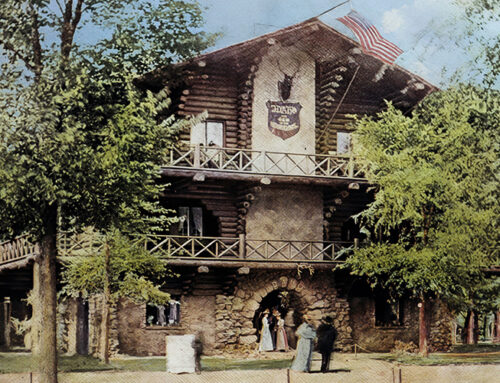

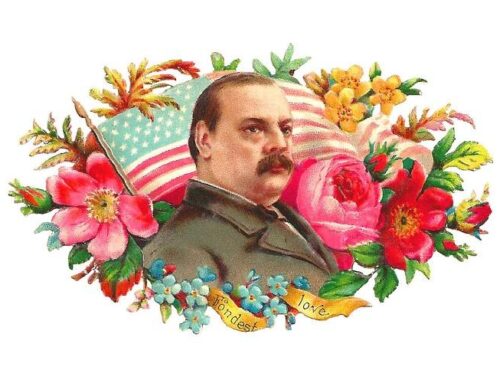

Leave A Comment